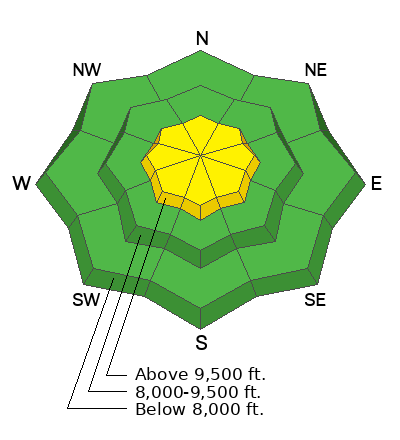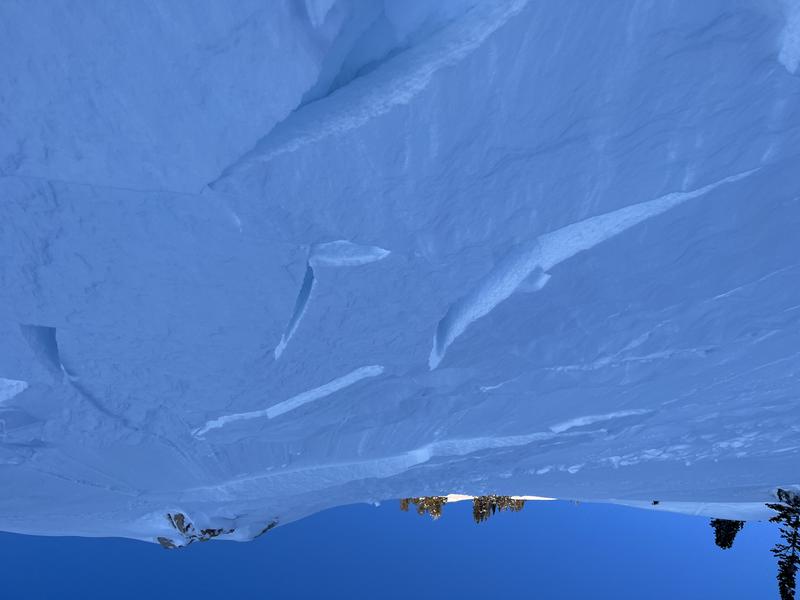This morning, it is lightly snowing. Temperatures are in the single digits and winds are blowing from the north northwest between 10-15 mph with gusts up to 20 mph at mid-elevations. At upper elevations, winds are blowing 20-25 mph with gusts near 40 mph. Overnight 3-10" of new, low-density snow fell, favoring upper Little Cottonwood.
Today, skies will become mostly cloudy with an occasional light snow shower in the morning. We can expect another trace to 2" of snow before mid-morning. Temperatures will climb into the mid-teens and low 20s F. Winds will remain north northwesterly, averaging 5-15 mph with gusts up to 25 mph at mid-elevations. At upper elevations, winds will average 20-30 mph, with gusts up to 50 mph.
Small loose avalanches are possible in steep terrain at all elevations. If the sun comes out look for warming on any solar aspect at mid and lower elevations and avoid traveling underneath these slopes as an avalanche in steep rocky terrain could lead to an injury.
Yesterday there were reports of small sensitive wind drifts along upper-elevation terrain and ridgelines.
Glide cracks are visible in areas of
Broads Fork, including Bonkers and Stairs Gulch. Open glide cracks can lead to full-depth glide avalanches, though the timing between the initial appearance of a crack and an actual glide avalanche can be anywhere between seconds and months. Glide avalanches are unlikely to be triggered by a person, but natural failures are very challenging to predict. Practice safe travel techniques of exposing only one person at a time while traveling underneath these open cracks.
Catch up on backcountry observations
HERE.










